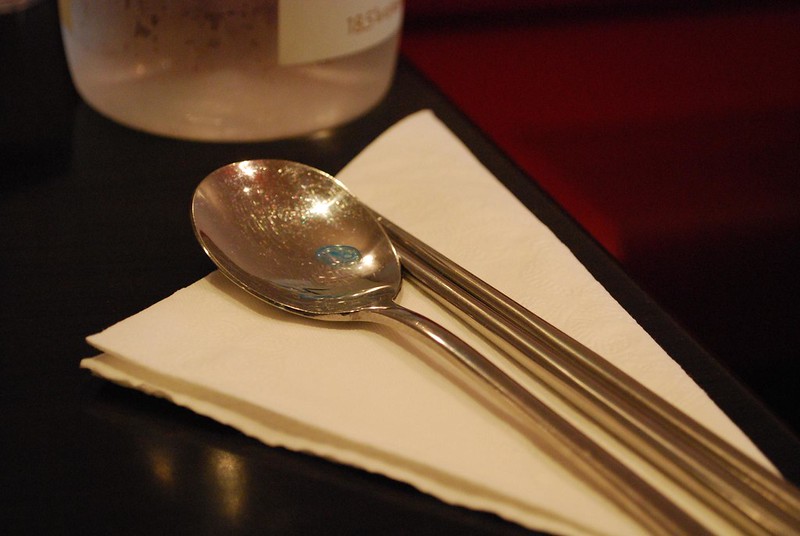Key Insights: Dining Etiquette in Singapore
Dine Like a Local in the Lion City!
Singapore is a melting pot of cultures, and its dining scene is no exception. From hawker centres to Michelin-starred restaurants, there is something to satisfy every palate. However, to truly immerse yourself in the culinary experience, it’s important to understand local dining customs and etiquette.
Sharing Dishes
While you can make and enjoy a meal with loved ones when you stay at a hotel with a kitchen Singapore has to offer, keep in mind that sharing food is a big part of the local dining culture as well. Whether you are at a casual hawker centre or a restaurant, it is common to order a variety of dishes and pass them around the table. This allows everyone to sample different flavours and create a communal foodie experience!
Tipping Etiquette
Tipping is not as common in Singapore as it is in some other countries. Most restaurants include a service charge in the bill, so additional tips are not expected. However, if you have received exceptional service, feel free to leave a small tip as a token of appreciation. It is something to keep in mind as you explore the city from properties like Ann Siang House by The Unlimited Collection and enjoy its flavour-filled delights.
Using Chopsticks and Spoons

While forks and knives are readily available at many restaurants in Singapore, chopsticks and spoons are the traditional utensils used when savouring meals. Many dishes, such as laksa and noodle soups, are best enjoyed with chopsticks and a spoon. With a little practice, you too can master the art of using them together and enhancing your culinary experience by dining like a local!
Respecting Elders at the Dinner Table
In Singapore, as in many Asian cultures, it’s customary to show respect for elders and guests of honour even during meals. When dining with a group, the eldest person or the guest of honour is typically seated at the table facing the entrance. If you are invited for a meal, wait for your host to show you where to sit and remember that it is polite to start eating only after the eldest person begins their meal.
Related posts
Archives
Categories
- Appetizers (25)
- Arab (48)
- Bars (33)
- Burmese (6)
- Café (24)
- Casual Dining (31)
- Chinese (36)
- Coffee House (27)
- Desserts (31)
- Destination Dining (378)
- Diner (21)
- Family Restaurants (63)
- Fast Food (58)
- Fine Dining (516)
- Food Facts (216)
- Healthy Food (100)
- Hong Kong (10)
- Indonesian (15)
- Italian (2)
- Japanese (17)
- Main Dishes (55)
- Maldivian (71)
- Miscellaneous (8)
- Miscellaneous Topics (368)
- Palate (66)
- Recipes (87)
- Restaurants (198)
- Sea Food (91)
- Singaporean (33)
- Sri Lankan (62)
- Steaks & Grill (66)
- Street Food Stalls (144)
- Thai (90)
- Types of Cuisines (112)
- Vegan (58)
- Vegetarian (10)
- Vegeterian (37)
- Vietnamese (22)
- Western (11)

